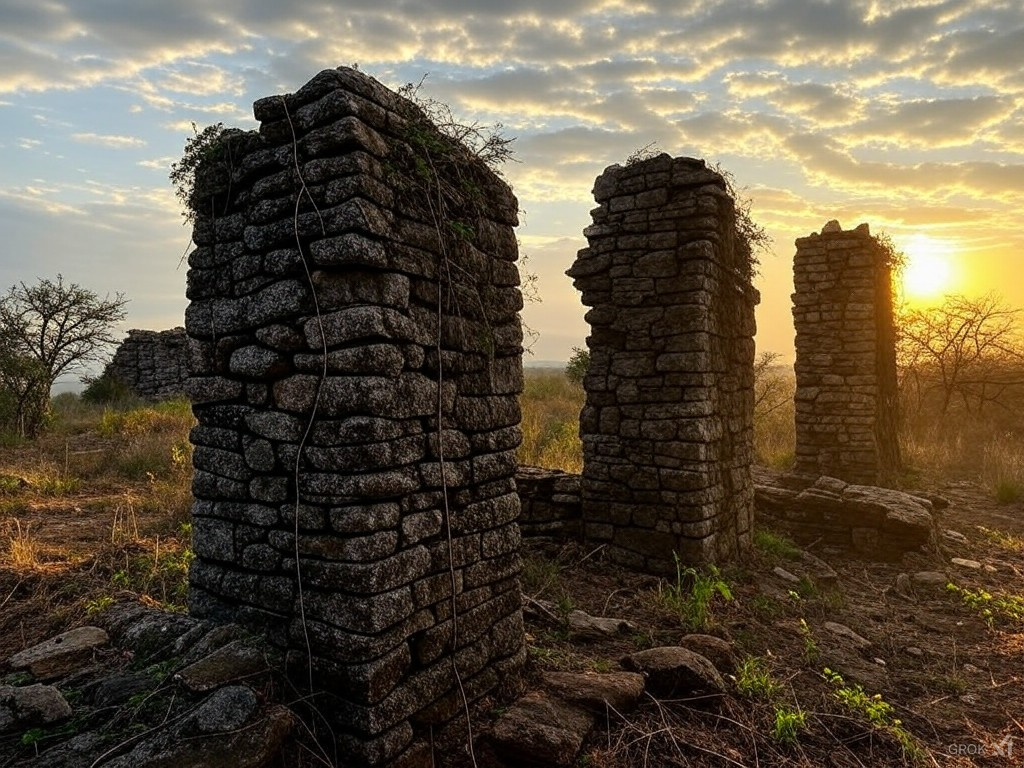A Monument to African Ingenuity
The Great Zimbabwe Ruins stand as one of Africa’s most remarkable archaeological sites, offering a glimpse into the sophisticated civilization that once thrived there. Located in present-day Zimbabwe, these stone ruins were the capital of a powerful kingdom that dominated trade and politics in southern Africa between the 11th and 15th centuries.
Origins and Flourishing of a Kingdom
Great Zimbabwe was the center of the Kingdom of Zimbabwe, an influential state that controlled trade routes linking the interior to the Swahili coast. The site’s massive stone walls, constructed without mortar, demonstrate impressive engineering skills. It is believed that the rulers of Great Zimbabwe amassed wealth through gold mining and trade in goods such as ivory, copper, and textiles.
Debates Over Its Origins
For centuries, European scholars and colonial authorities denied that indigenous African peoples built Great Zimbabwe, attributing its construction to foreign influences such as Phoenicians or Arabs. However, extensive archaeological research has confirmed that the site was created by the ancestors of the Shona people, showcasing their architectural expertise and social organization.
Significance in African History
The ruins of Great Zimbabwe challenge misconceptions about precolonial African civilizations, proving that complex societies existed independently of European influence. The site remains a powerful symbol of African heritage and identity, and its name was adopted for the modern nation of Zimbabwe upon its independence in 1980.
Preserving a Legacy
Today, Great Zimbabwe is a UNESCO World Heritage Site, drawing researchers and tourists who seek to understand its past. Efforts to preserve and study the ruins continue, ensuring that this forgotten kingdom remains a source of pride and historical insight for future generations.







